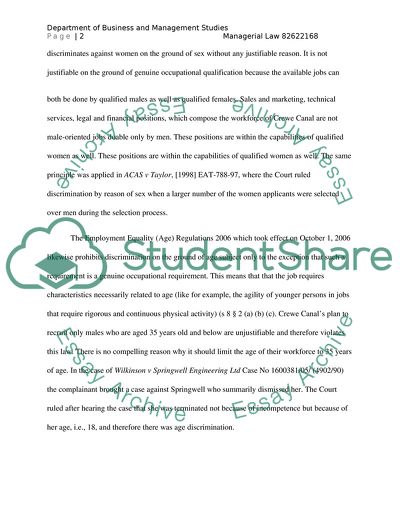Cite this document
(The Employment Equality Regulations Assignment Example | Topics and Well Written Essays - 2500 words, n.d.)
The Employment Equality Regulations Assignment Example | Topics and Well Written Essays - 2500 words. Retrieved from https://studentshare.org/law/1720452-crewe-canal-boats
The Employment Equality Regulations Assignment Example | Topics and Well Written Essays - 2500 words. Retrieved from https://studentshare.org/law/1720452-crewe-canal-boats
(The Employment Equality Regulations Assignment Example | Topics and Well Written Essays - 2500 Words)
The Employment Equality Regulations Assignment Example | Topics and Well Written Essays - 2500 Words. https://studentshare.org/law/1720452-crewe-canal-boats.
The Employment Equality Regulations Assignment Example | Topics and Well Written Essays - 2500 Words. https://studentshare.org/law/1720452-crewe-canal-boats.
“The Employment Equality Regulations Assignment Example | Topics and Well Written Essays - 2500 Words”. https://studentshare.org/law/1720452-crewe-canal-boats.


